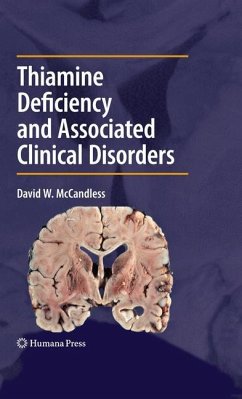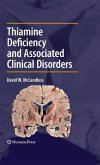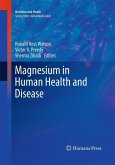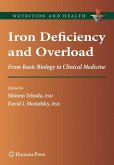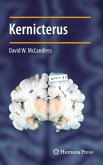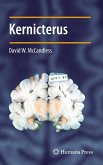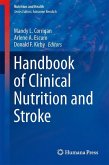Thiamine deficiency and related clinical disorders represent an intriguing area of both basic and clinical investigation. Modern imaging strategies have facilitated the rapid treatment, and potential reversal of these clinical disorders. The fusion of laboratory and clinical knowledge serve as an example of how research can translate to successful treatment. The goal of Thiamine Deficiency and Related Clinical Disorders is to bring together cogent results from basic and clinical investigation and to stimulate further investigations in these areas. This data will be useful to neurologists, internists, nutritionists, biochemists, neurochemists, neuroscientists, and others with interest in thiamine deficiency.
From the reviews:
"This short 192 page book Thiamine Deficiency and Associated Clinical Disorders, which is part of the ongoing Contemporary Clinical Neuroscience series, is authored by David McCandless, Ph.D. who is known for his work in metabolic encephalopathy. For those who wish to have a deeper understanding of a number of metabolic derangements which result in neurological dysfunction, this book would be of interest. For the neuroradiologist there is an opportunity to view gross pathology and histopathology ... ." (American Journal of Neuroradiology, October, 2009)
"This short 192 page book Thiamine Deficiency and Associated Clinical Disorders, which is part of the ongoing Contemporary Clinical Neuroscience series, is authored by David McCandless, Ph.D. who is known for his work in metabolic encephalopathy. For those who wish to have a deeper understanding of a number of metabolic derangements which result in neurological dysfunction, this book would be of interest. For the neuroradiologist there is an opportunity to view gross pathology and histopathology ... ." (American Journal of Neuroradiology, October, 2009)

